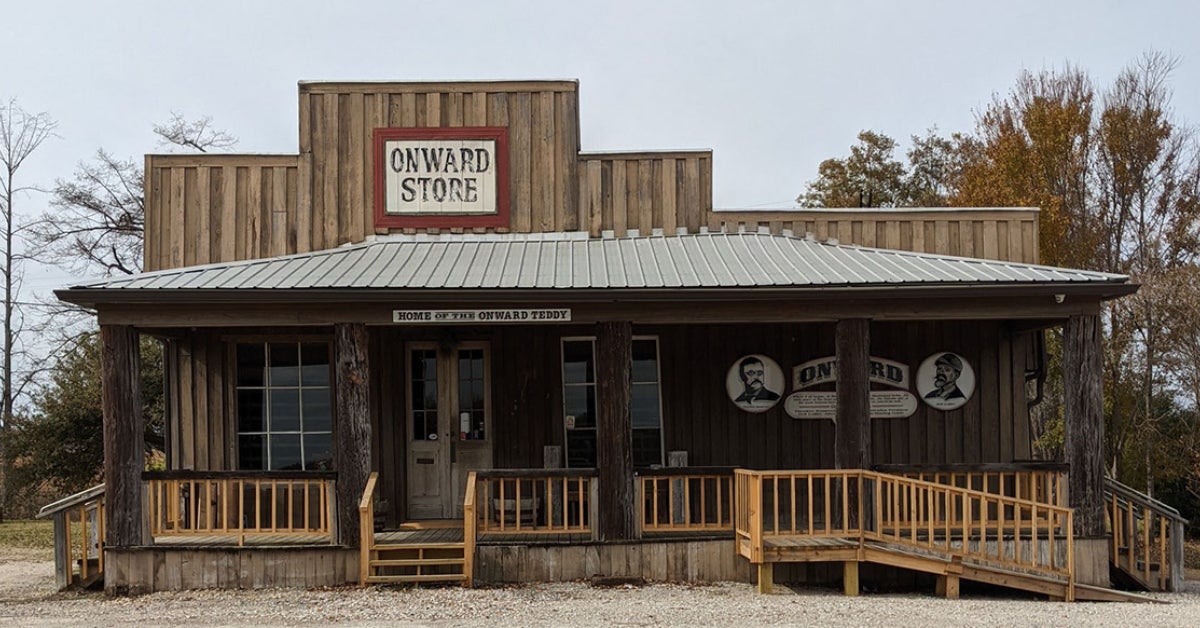Truckin’ toward economic recovery
Published 7:00 pm Monday, March 19, 2012
(ARA) – Everyone has an opinion, or two, concerning the economy and whether or not it’s improving. Some cite stock market trends where others point to consumer confidence numbers. Many also turn to complex charts and colorful graphs to validate their claims.
To find his answer, Rick Phillips studies trends surrounding commercial trucks. Phillips is the director of commercial sales at Yokohama Tire Corporation, a manufacturer of both truck and car tires. According to Phillips, the proliferation of 18-wheelers carrying goods and products across U.S. highways is one sure fire way to tell if the economy is on the upswing.
“More trucks on the move means business might finally be picking up. More products are being produced, sold and transported, which generates more jobs,” says Phillips. “It’s a positive sign, seeing so many big rigs in use.”
Phillips has a unique perspective: He sells commercial truck tires. “At Yokohama, we’re seeing more truck tire sales. Our dealers can’t seem to get enough.” This wasn’t the case a few years ago, however. “The trucking industry was one of the first sectors hit by the recession,” Phillips recalls. “Companies slowed down manufacturing, consumers stopped buying and everything came to a grinding halt.” Then, in 2010, Phillips noticed an up-tick in demand for truck tires. “We were at a large trade show in Louisville, Kentucky, and the place was packed. Fleet owners and independent truckers were really interested in the new tires we introduced. They were a little cautious, but I could tell business would be picking up because there was a lot of pent-up demand within our industry.”
Flash forward to 2011: Phillips and Yokohama were once again displaying new tires at a trade show. “We introduced our 101ZL, a tire that gets great mileage and helps truckers save fuel costs,” Phillips recalls. “The response was amazing. Suddenly, there was much stronger demand for truck tires — and the trucking industry was in overdrive. To me, that’s a good omen for the economy.”
With news that the economy is picking up steam in 2012, Phillips’ predictions may have been right on the money. Strong economy or not, consumers in passenger cars can save money using the following money-saving tips:
* Keep your tires properly inflated. Once a month, when the tires are cold (at least three to four hours after the vehicle has been driven), check tire pressure with a reliable tire gauge. Be sure the valve stems have a plastic or metal cap to keep dirt out and seal against leakage.
* Tires must be replaced when the tread is worn down to 1/16 of an inch to prevent skidding and hydroplaning. An easy test: place a penny into a tread groove. If part of Lincoln’s head is covered by the tread, you’re driving with the proper amount of tread. If you can see all of his head, you should buy a new tire.
* Built-in treadwear indicators, or “wear bars,” which look like narrow strips of smooth rubber across the tread, will appear on the tire when the tread is worn to 1/16 of an inch. When you see these wear bars, the tire should be replaced.
* Visually check your tires for signs of uneven wear. You may have irregular tread wear if there are high and low areas, or unusually smooth areas. Consult your tire dealer as soon as possible.
* Tires should be rotated at least every 6,000 to 8,000 miles and the alignment should be checked once a year. Misaligned tires can cause the car to scrub, which lowers mileage and causes unnecessary tire wear.
* Slow down. For every five miles per hour you go above 60 mph, you’re lowering your gas mileage and, ultimately, paying even more for each gallon of gas.
For additional tire care and safety tips, visit www.yokohamatire.com or www.rma.org.





